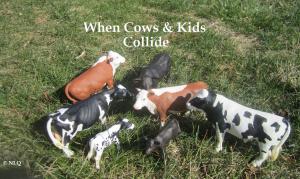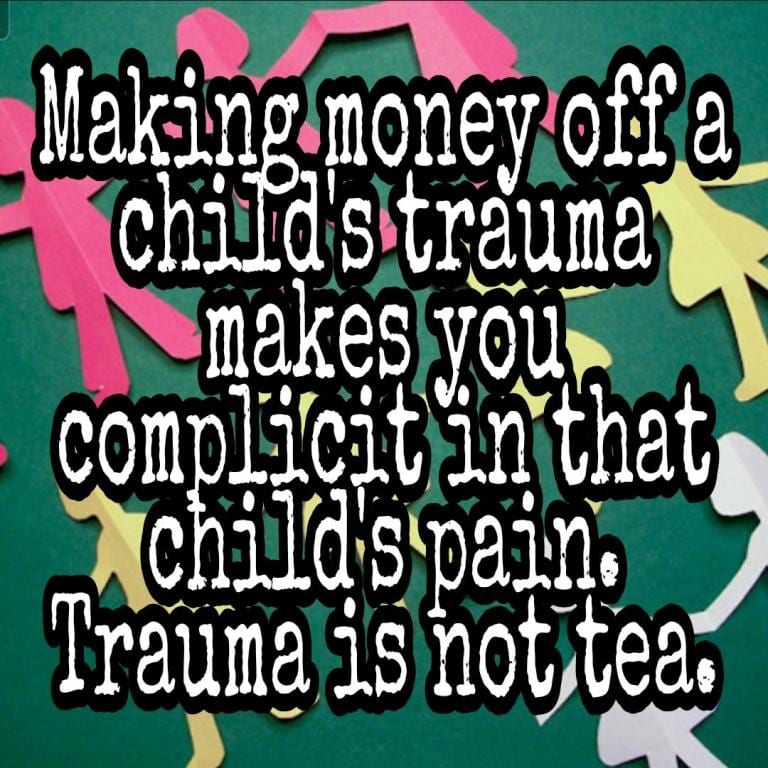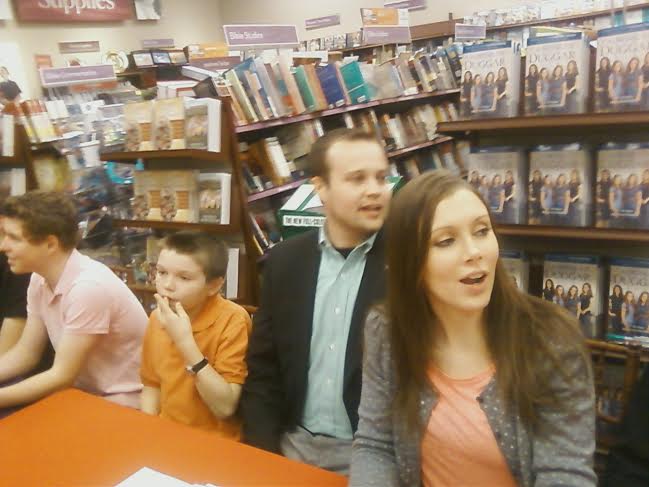 by Mel cross posted from her blog – When Cows and Kids Collide
by Mel cross posted from her blog – When Cows and Kids Collide
I don’t want to write this post. At all. Not now, not ever. But I think I need to.
Charlie Gard’s story has ripped my heart into tiny bits.
Charlie and my son are medically mirror opposites. My son Jack was born critically ill from extreme prematurity but has been slowly getting healthier and healthier. Charlie was born a big healthy term baby boy and slowly got more and more ill until he died.
Under the surface, though, the similarities are creepy. Charlie and Jack didn’t have medical conditions that could be treated. All doctors and nurses could do was to use technology to support their bodies while the disease processes worked themselves out.
What killed me, though, was the pictures of Charlie.
I can ID all of the lines attached to his face – ventilator inflow, ventilator outflow, NG or NJ 8 or 10 French tube. The way the teddy bears or blankets cover PICC lines or IVs.
Let me tell you what the nurses and doctors can’t tell you: the technology keeping a child alive involves pain.
Ventilator tubes and nasogatric tubes rub at the nasal passage, mouth, and throat. Doctors expect to see irritation similar to an active cold when examining a intubated child. This is the reason children who have needed breathing support or nutritional support are at high risk of developing oral aversions; they’ve learned that having objects in their mouth causes pain, not pleasure. We’ve been lucky because Jack would suck on his ventilator and oral-gastric tubes like a pacifier and has no signs of an oral aversion.
Ventilator tubes move slightly in the trachea while they work. I don’t know how well Charlie’s tubes fit his trachea; Jack’s was a horrible fit. His ventilator leaked all the time which is a fancy way of saying that air escaped up his trachea instead of leaving through the tubes. This increased the amount of gas in his stomach giving him gas pains most of the time. The doctors had some options, but none of the options were great. A larger tube would probably rub against his trachea more and make his throat more sore; it also increased the risk of scar tissue forming that would require surgery to replace his trachea before he could get off a ventilator.
Which reminds me of the third ventilator problem: mucus. Humans produce a lot of mucus in their lungs to protect against bacteria and fungal infections. When a person is healthy enough to cough forcefully on their own, the mucus is expelled into the pharynx and swallowed. Ventilated babies don’t cough so the mucus can build up and block the ventilator tube. Every few hours, Jack’s nurse would have to suction his lungs and mouth to remove mucus. Once he was old enough, he cried because it hurt. Before he could cry, his blood oxygen would tank and his heart would race.
Twice, my son managed to move his ventilator tube. If the tube isn’t in the right spot, the ventilator can’t inflate the lungs and blocks the airway instead. Jack had normal muscle tone so we had to keep him swaddled into a ball with his head mostly immobilized so that he didn’t thrash himself free of the ventilator. I don’t think Charlie had that problem; his limbs are too limp. In fact, I only saw Jack that limp once – the first time he moved his ventilator tube which caused him to turn maroon, purple, blue-purple then gray as he passed out from lack of oxygen.
We were lucky in one respect- Jack didn’t need many IV’s or PICC lines. The problem with any line that goes through the skin is that it increases the chances of an infection exponentially. Jack’s one PICC line lasted less than a week before it got infected. The doctors removed the line and gave him a week’s course of antibiotics. Going through a course of antibiotics is never fun; Jack was a cranky baby.. He needed four blood transfusions which took a good sized IV in his leg.
They never mention the game of electrode roulette. Jack’s oxygen sensor on his foot always burnt little blisters into his toes. We change the position daily and try to find less sensitive areas but all we’ve really ended up doing is giving him several deep calluses. As he moves more, he’s ripped the skin around his toe with the sensor on it when he kicked with enough force to make the edge of the sensor act like a knife blade. He cries. I cry, too, because I can’t stop it from happening.
All of these things involve tape on infant skin. There are lots of ways to try and minimize the damage to the skin – but removing the tape always irritates my son’s skin. On the other hand, leaving the tape in one place increases the risk of developing an allergic reaction and an itchy rash. So far, his face tape seems to be in the sweet spot of not ripping his skin and not having an allergic reaction. Too bad he’s allergic to his chest electrodes.
Jack and Charlie both had their bodies growing while kept in unnatural positions. Jack spent 3 months exposed to gravity and able to fully extend his muscles that he was supposed to be smushed into a ball. Charlie hasn’t been able to contract his skeletal muscles to move and put tension on his bones like a 3-11 month old baby is supposed to do. There are very talented physical therapists who worked with Jack – and I assumed worked with Charlie – to mitigate the effects, but there’s only so much a PT can do with a kid on a ventilator.
I can talk about the medical issues all day.
What I can’t describe is the level of denial a parent needs to survive. I knew about all of these issues while Jack was in the NICU; I also refused to think about them. I couldn’t. Jack’s chance of survival were around 90% – but the doctors and nurses had to do painful things to keep him alive. If I let myself feel – really feel – the sadness, fear and helplessness that were always lapping at the edges of my consciousness, I’d collapse. I’d follow my instinct to grab my son and run away from the NICU. I’d stay at home instead of holding him for 2-4 hours a day while those damn alarms kept going off.
I couldn’t accept that my son’s lungs were severely damaged from his birth for the first three months in the NICU. Just plain couldn’t deal with that idea. I heard what I wanted to hear – he was a difficult case, he was showing improvement, he did things on his own timeline. I somehow managed to not hear that being on oxygen after 36 weeks gestation = severe BPD. I was willing to have a long NICU slog – but the thought of a ongoing medically complicated baby with oxygen and feeding tubes at home was a place I could not go. So….I didn’t.
I nursed that dream as long as I could. I think I made it to about 38 weeks before I had to admit what was really clear; the doctors and nurses were figuring out how to send Jack home on oxygen.
My denial was over a fairly simple medical issue – Jack’s on the most simple style of oxygen support and needed a NG feeding tube to give him calories when he was too exhausted from the work of breathing to eat enough.
How much worse is coming to terms with the fact that Charlie was dying? That his body was starving at the cellular level? That his body was sacrificing high energy demand tissues that weren’t critical for life – like his skeletal muscles and eventually his brain – in a desperate attempt to keep his heart, lungs and digestive system going?
And then – a ray of hope appeared. A doctor has a possible treatment for mitochondrial disease.
How could his parents rationally and dispassionately assess the claims of the doctor? I’m not Charlie’s parents, but I suspect the words “possible treatment” drowned out any other words – and I can’t blame them for that. In an emergency, any possible salvation will do.
Charlie’s doctors, though, could assess the treatment and its risks.
The first red flag was that the doctor did not have an open clinical trial running on the treatment. I do human research on educational topics. To do any human research, scientists have to show that the subjects of the research can be informed of the benefits and risks of the trial. Here’s the problem: I can’t imagine that a research protection committee would have allowed a consent form for Charlie’s parents that had any potential benefits to Charlie listed. Charlie was more physically depleted and had a more severe form of disease than any of the previous patients. If Charlie’s parents believed there was a benefit to Charlie from the experimental treatment, informed consent could not be given because the parents had an unreasonable expectation of benefit to Charlie.
The second red flag is the term “clinical improvement” instead of “therapeutic improvement”. Clinical improvement is worthless from the standpoint of patient well-being; it means that a test shows either a slowed progression of the disease or an improvement of a single marker. Therapeutic improvement means the patient is improving medically.
Let me give an example: My first blood test when I was diagnosed with HELLP showed I had a platelet count of 44,000 when a normal range is between 400,000 to 120,0000. If my platelets increased to 48,000, I would have a clinical improvement because a test showed that my platelet count went up. That increase would not be a therapeutic improvement because I would still be at too high of a bleeding risk for low risk anesthesia during surgery. When my platelets went up to 100,000 before surgery, I had a clinical and therapeutic improvement; I could receive epidural anesthetic which was safer for me and my son than general anesthetic.
According to the doctor who offered the experimental treatment, Charlie had between a 10-56% chance of a clinical improvement. That’s underwhelming to start with. Add in the potential increased discomfort and increased risk of a chaotic death during cross Atlantic transfer of a comatose, severely compromised infant – and the argument for the experimental treatment being attempted falls apart.
Babies like Charlie Gard are born and die every day in every community. The only difference is that Charlie’s parents stayed in a state of denial longer than other parents of dying infants and children generally do.
No one is served by pretending that doctors, nurses, the UK justice system and the EU Court of Human Rights are evil while Charlie’s parents are saints.
The truth is more simple and more sad. Charlie’s parents loved their son and didn’t want him to die. Charlie’s medical professionals loved their patient and didn’t want him to be in pain while his body broke down. People can love the same person deeply and disagree on what the kindest action is.
Mel is a science teacher who works with at-risk teens and lives on a dairy farm with her husband. She blogs at When Cows and Kids Collide She is also an very valuable source of scientific information for us here at NLQ. Mel is also blessed with the ability to look at the issues of Quiverfull with a rational mind and break them down to their most basic of elements.
Stay in touch! Like No Longer Quivering on Facebook:
If this is your first time visiting NLQ please read our Welcome page and our Comment Policy!
Copyright notice: If you use any content from NLQ, including any of our research or Quoting Quiverfull quotes, please give us credit and a link back to this site. All original content is owned by No Longer Quivering and Patheos.com
Read our hate mail at Jerks 4 Jesus
Check out today’s NLQ News at NLQ Newspaper
Contact NLQ at [email protected]









